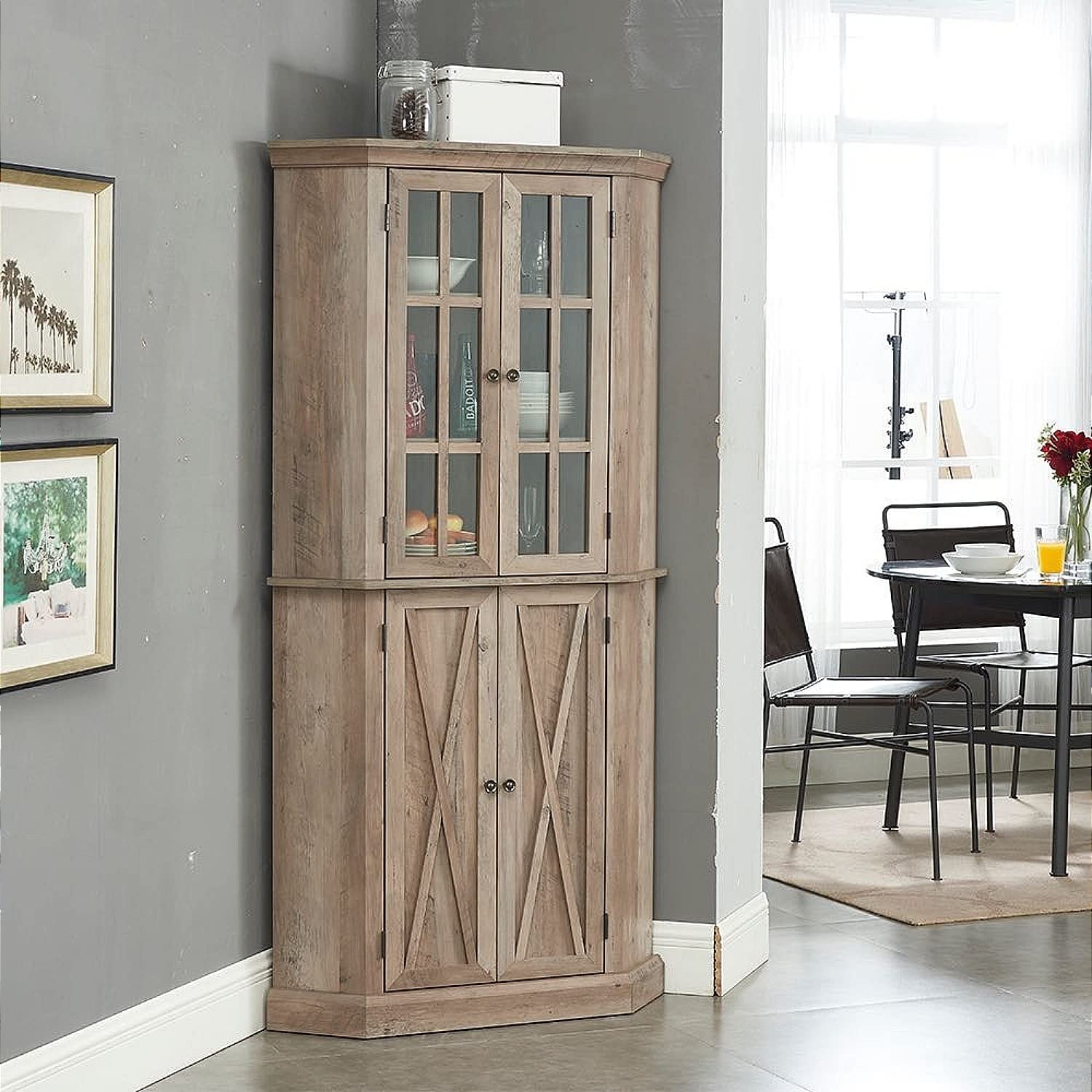

Articles
How To Organize A Corner Kitchen Cabinet
Modified: August 24, 2024
Learn how to efficiently organize your corner kitchen cabinet with our expert tips and maximize the storage space in your kitchen. Transform your kitchen furniture with our helpful guidelines and make the most of every inch!
(Many of the links in this article redirect to a specific reviewed product. Your purchase of these products through affiliate links helps to generate commission for Storables.com, at no extra cost. Learn more)
Introduction
Welcome to our guide on how to organize a corner kitchen cabinet! The corner cabinets in our kitchens often become a black hole of clutter and disorganization. The awkward shape and limited accessibility make it challenging to utilize the space efficiently. However, with some clever strategies and a little bit of effort, you can transform your corner cabinet into a functional and well-organized storage area.
In this article, we will walk you through the step-by-step process of organizing your corner kitchen cabinet. From assessing the cabinet space to arranging and organizing items, we will provide you with practical tips and techniques that will help you maximize the storage potential of your corner cabinet.
Before we dive into the specifics, it is important to understand the importance of organizing your corner kitchen cabinet. A well-organized cabinet not only improves the visual appeal of your kitchen but also enhances its functionality. It allows for easy access to your cookware, dishes, and other kitchen essentials, making meal prep and cooking a breeze.
Now that we have established the significance of organizing your corner kitchen cabinet, let’s get started with the first step: assessing the cabinet space.
Key Takeaways:
- Transform your corner kitchen cabinet into a functional and well-organized storage area by assessing the space, adjusting shelves, and incorporating pull-out solutions, Lazy Susans, and vertical dividers.
- Maximize storage potential with hooks, racks, and strategic item arrangement. Keep your corner kitchen cabinet clutter-free and efficient by regularly reviewing and adjusting your organization system.
Assessing the Cabinet Space
Before diving into the organization process, it’s essential to assess the space in your corner cabinet. Take a moment to evaluate the dimensions and layout of the cabinet. Understanding the available space will help you determine the best organization solutions for your needs.
Start by measuring the height, width, and depth of the cabinet. These measurements will come in handy when purchasing storage solutions or adjusting shelves. Additionally, consider the shape of the cabinet. Is it a blind corner or a diagonal cabinet? This will impact the type of organizers you can use.
Next, take a look at the current state of the cabinet. Empty out its contents and evaluate the items you have stored. Are there any items that are outdated, broken, or no longer needed? Decluttering your cabinet will make the organizing process much easier.
Once you have decluttered, assess the frequency of use for the remaining items. Identify the items you use regularly and those that are used less frequently. This will help determine the best placement and accessibility for each item in the cabinet.
Finally, consider any specific needs or preferences you have for the cabinet organization. Do you have a collection of tall pots and pans that need vertical storage? Do you prefer pull-out shelves for easier access? These factors will guide your decision-making process when selecting organizing solutions.
By thoroughly assessing the cabinet space, you will have a clear understanding of its dimensions, contents, and your individual needs. This will serve as the foundation for effectively organizing your corner kitchen cabinet.
Clearing Out and Cleaning the Cabinet
Now that you have assessed the cabinet space, it’s time to clear out and clean the corner cabinet. This step is crucial to create a clean and fresh foundation for your organization efforts.
Start by removing all items from the cabinet. This includes cookware, dishes, utensils, and any other miscellaneous items that have found their way into the corner cabinet. As you remove the items, sort them into categories such as pots and pans, baking supplies, and dinnerware. This will make it easier to organize them later on.
Once the cabinet is empty, give it a thorough cleaning. Use a mild cleaner or a mixture of warm water and dish soap to wipe down the surfaces inside and outside the cabinet. Pay close attention to any stains, spills, or sticky residue that may have accumulated over time. Scrub away any stubborn stains using a non-abrasive sponge or cloth.
After cleaning, take a moment to evaluate the condition of the cabinet. Are there any areas that need repair or improvement? Check for loose hinges, broken shelves, or any other issues that might hinder the organization process. Address these repairs before moving forward.
Once the cabinet is clean and in good condition, it’s time to consider the best storage solutions for your specific needs. Assess the space and the items you need to store to determine the most efficient and practical organization methods.
By clearing out and cleaning the cabinet, you’re creating a fresh canvas for your organized kitchen. It’s a necessary step to ensure that your corner cabinet is ready to be transformed into a functional and clutter-free space.
Measuring and Adjusting Shelves
One of the key steps in organizing a corner kitchen cabinet is measuring and adjusting the shelves to optimize the storage space. This step will ensure that your cabinet can accommodate different-sized items and maximize the available vertical space.
Start by measuring the height of your tallest items, such as pots, pans, and appliances, that you plan to store in the cabinet. This will help you determine the minimum height needed between shelves. Adjust the existing shelves or install new ones if necessary to create enough space for these items.
When adjusting the shelves, keep in mind that the bottom shelf should be positioned higher than the cabinet’s floor to prevent items from getting damaged or dirty. Additionally, consider leaving enough space between the shelves to easily access and retrieve items without having to stack them on top of each other.
For cabinets with adjustable shelves, simply remove them and reposition them at the desired height. Use a level to ensure that the shelves are perfectly horizontal. If your cabinet shelves are not adjustable, consider adding shelf risers or stackable organizers to create additional levels of storage.
In some cases, you may find it beneficial to completely remove a shelf or two to create more vertical space. This can be particularly useful for storing taller items such as brooms, mops, or other cleaning tools. Utilize the back of the cabinet for vertical storage solutions, taking advantage of the often underutilized space.
Remember to take precise measurements and adjust the shelves accordingly. This will help you maximize the storage capacity of your corner kitchen cabinet and ensure that items are stored in an organized and easily accessible manner.
Maximizing Storage with Vertical Dividers
One effective way to optimize the storage space in your corner kitchen cabinet is by incorporating vertical dividers. These dividers help keep items organized, prevent them from toppling over, and make it easier to access what you need.
Vertical dividers are particularly useful for storing cutting boards, baking sheets, and serving trays. They create designated slots or compartments that keep these items upright and accessible. You can use pre-made dividers or make your own using materials such as tension rods or acrylic dividers.
To install vertical dividers, start by measuring the width and height of the cabinet space. Determine the number of dividers you will need and evenly space them accordingly. Make sure to leave enough room for the items you intend to store.
If using tension rods, simply adjust the rods to fit snugly between the walls of the cabinet or between existing shelves. This allows you to easily customize the size and position of the dividers as needed. For acrylic dividers or pre-made dividers, follow the manufacturer’s instructions for installation.
Once the dividers are in place, arrange your cutting boards, baking sheets, and serving trays upright within the slots. This eliminates the need to stack them and ensures that you can easily retrieve the one you need without disturbing the rest.
Vertical dividers not only maximize storage space but also create a neat and organized look within your cabinet. They separate items, prevent them from scratching or damaging each other, and make it easier to maintain order.
By incorporating vertical dividers, you can transform your corner kitchen cabinet into a functional and efficient storage space, allowing you to access items with ease and keep your kitchen essentials well-organized.
Install a lazy susan or pull-out shelves to maximize storage and accessibility in a corner kitchen cabinet. This will make it easier to reach items in the back of the cabinet.
Adding Pull-Out Solutions
When it comes to organizing a corner kitchen cabinet, pull-out solutions are game-changers. They maximize the usability of the cabinet and provide convenient access to items stored in the back corners.
There are various pull-out solutions available, such as roll-out trays, sliding baskets, and pull-out shelves. These solutions allow you to easily reach items at the back of the cabinet without having to awkwardly reach or bend over.
To add pull-out solutions, start by removing the existing shelves or storage units from the cabinet. Measure the width and depth of the cabinet to ensure a proper fit for the pull-out solution you choose. It’s important to select a solution that matches the dimensions of your cabinet space.
Next, install the pull-out solution according to the manufacturer’s instructions. Typically, this involves attaching the slides or mounting brackets to the sides or bottom of the cabinet and attaching the pull-out unit onto them. Ensure that the unit is securely fastened to prevent any accidents or instability.
Once the pull-out solution is installed, you can arrange your items on the tray, basket, or shelf. Consider grouping similar items together for easy identification and retrieval.
Not only do pull-out solutions provide easy access to the contents of your corner kitchen cabinet, but they also help maximize the storage space. These solutions utilize every inch of the cabinet, allowing you to store more items without sacrificing accessibility.
With pull-out solutions in place, you’ll no longer have to dig through the depths of your corner cabinet to find what you need. Accessing your cookware, small appliances, or pantry items becomes effortless, making your kitchen tasks more efficient and enjoyable.
Consider adding pull-out solutions to your corner kitchen cabinet and experience the difference they make in improving accessibility and organization.
Utilizing Lazy Susans
Lazy Susans are a fantastic solution for organizing a corner kitchen cabinet. These rotating platforms make it easy to access items stored in the back of the cabinet without having to reach or shuffle items around.
To utilize a Lazy Susan, start by removing the existing shelves or storage units from the cabinet. Measure the dimensions of the cabinet to ensure you choose a Lazy Susan that fits well within the space.
There are different types of Lazy Susans available, including full-round, half-moon, and kidney-shaped. Consider the shape of your cabinet and the items you plan to store when selecting the most suitable Lazy Susan design for your needs.
Once you have chosen the right Lazy Susan, follow the manufacturer’s instructions to install it in your cabinet. Typically, this involves attaching a base or mounting plate to the cabinet floor and placing the rotating platform onto it.
After installing the Lazy Susan, arrange your items on the platform. Group similar items together to keep things organized and easily accessible. You can store anything from jars, condiments, and spices to cans, small appliances, and baking supplies.
The beauty of a Lazy Susan is that with a simple spin, you can access items stored at the back of the cabinet effortlessly. No more struggling to reach or pulling everything out to find what you need. The rotating platform allows you to see and retrieve items with ease.
Lazy Susans not only optimize the utilization of space in your corner kitchen cabinet but also help keep items within reach and neatly organized. They are a practical solution for making the most of your cabinet’s storage potential.
Consider incorporating a Lazy Susan into your corner cabinet and enjoy the convenience and functionality it brings to your kitchen organization.
Installing Hooks and Racks
To further maximize the storage potential of your corner kitchen cabinet, consider installing hooks and racks. These versatile organizers can help create additional space for hanging and storing various kitchen items.
Start by assessing the available space within the cabinet for installing hooks and racks. Look for areas where you can mount them securely, such as the inside of the cabinet door or the walls of the cabinet.
If you choose to install hooks, select sturdy hooks that can support the weight of the items you plan to hang. Common items to hang on hooks include kitchen towels, oven mitts, small pots and pans, and utensils.
When installing hooks on the inside of the cabinet door, ensure that they won’t interfere with the door’s closing or the items stored inside. Space the hooks evenly and at a height that allows the items to hang freely without touching each other.
Racks, on the other hand, provide a convenient solution for organizing items such as lids, cutting boards, and baking sheets. There are various types of racks available, including vertical racks that sit on shelves and pull-out racks that can be mounted on cabinet walls.
When installing racks vertically on shelves, place them towards the back of the cabinet to make the most of the available space. This allows you to stack lids, cutting boards, or baking sheets neatly while keeping them easily accessible.
If you opt for pull-out racks, follow the manufacturer’s instructions to mount them securely on the cabinet walls. These racks provide convenient access to items stored in the corner cabinet, eliminating the need to reach or rummage through the contents.
By installing hooks and racks, you can create additional storage solutions within your corner kitchen cabinet. They allow you to utilize vertical space efficiently and keep frequently used items at your fingertips.
Consider incorporating hooks and racks into your cabinet organization to make the most of your available space and maintain a clutter-free and well-organized kitchen.
Arranging and Organizing Items
After implementing various organizing solutions in your corner kitchen cabinet, it’s time to arrange and organize the items you plan to store. This step is crucial in maintaining a clutter-free and functional cabinet.
Start by grouping similar items together. Categorize your cookware, dishes, utensils, and pantry items. This helps create a systematic and logical arrangement, making it easier to locate specific items when needed.
Consider placing frequently used items within easy reach. Items you use on a daily basis, such as pots, pans, and everyday dishes, should be within arm’s reach to streamline your cooking and meal preparation process.
Use the available shelves, pull-out solutions, Lazy Susans, hooks, and racks to their full advantage. Adjust shelf heights to accommodate different-sized items and utilize vertical dividers to keep cutting boards and baking sheets upright and organized.
When arranging items on shelves, place taller items towards the back and smaller items towards the front. This ensures clear visibility and easy access to everything in your cabinet. Utilize any vertical space between shelves by adding stackable organizers or baskets if needed.
If you have installed hooks, hang kitchen towels, oven mitts, and utensils neatly. Make use of racks to store lids, cutting boards, and baking sheets in an organized manner.
Labeling containers and shelves can also be an effective way to keep things organized, especially for pantry items like spices, baking ingredients, and snacks. Clear labels make it easy to identify and locate specific items, reducing the time spent searching through the cabinet.
Regularly review and adjust your organization system to ensure it continues to meet your needs. As your kitchen inventory changes or you discover new organizational solutions, make the necessary adjustments to maintain an efficient and clutter-free cabinet.
By arranging and organizing your items strategically, you’ll create a functional and visually appealing corner kitchen cabinet. Each item will have its designated place, making it easier to find what you need and maintain a tidy and organized kitchen.
Conclusion
Congratulations! You have successfully learned how to organize your corner kitchen cabinet. By following the steps outlined in this guide, you have transformed a previously cluttered and hard-to-access space into a well-organized and functional storage area.
Throughout the process, you assessed the cabinet space, cleared out and cleaned the cabinet, measured and adjusted shelves, maximized storage with vertical dividers, added pull-out solutions, utilized Lazy Susans, installed hooks and racks, and arranged and organized your items.
By assessing the cabinet space, you laid the groundwork for efficient organization solutions. Cleaning out and cleaning the cabinet provided a fresh start for your organization efforts. Measuring and adjusting shelves ensured that your cabinet can accommodate items of different heights, allowing for maximum storage capacity.
Maximizing storage with vertical dividers allowed you to keep items organized and easily accessible. Adding pull-out solutions and Lazy Susans made it effortless to retrieve items from the back corners of your cabinet, while hooks and racks created additional storage space and organization options.
Finally, by arranging and organizing your items, you created a clear and logical system that makes it easy to find what you need and maintain an orderly cabinet. By labeling containers and regularly reviewing your organization system, you can ensure that it remains efficient and functional over time.
Remember, the key to maintaining an organized corner kitchen cabinet is consistency. Regularly declutter and reassess your items to prevent accumulation and disarray. Put items back in their designated places after use to keep your cabinet tidy and functional.
We hope this guide has been helpful in transforming your corner kitchen cabinet into a well-organized and efficient storage space. Enjoy the benefits of easy access to your cookware, dishes, and kitchen essentials, making meal prep and cooking a breeze.
Happy organizing!
Frequently Asked Questions about How To Organize A Corner Kitchen Cabinet
Was this page helpful?
At Storables.com, we guarantee accurate and reliable information. Our content, validated by Expert Board Contributors, is crafted following stringent Editorial Policies. We're committed to providing you with well-researched, expert-backed insights for all your informational needs.

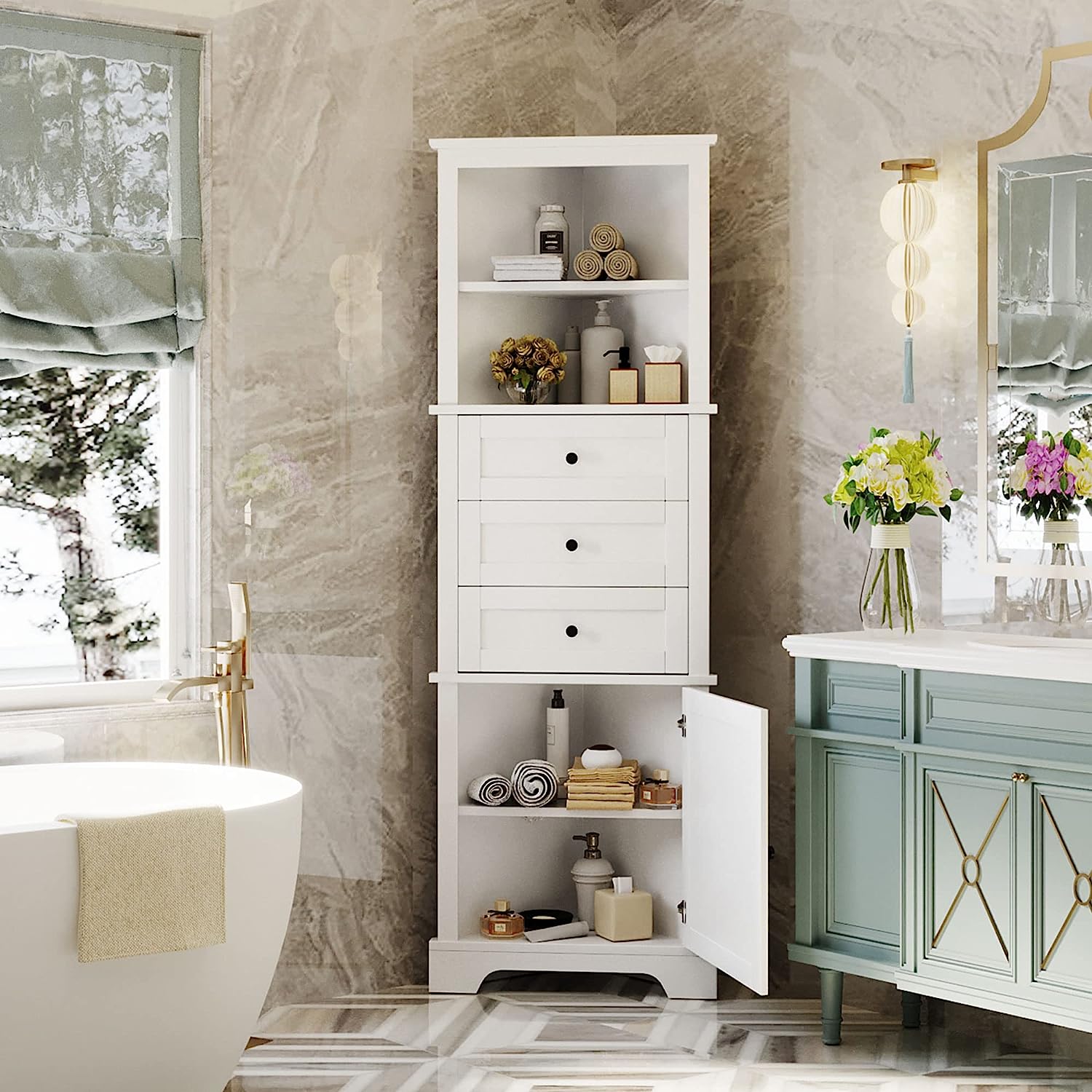
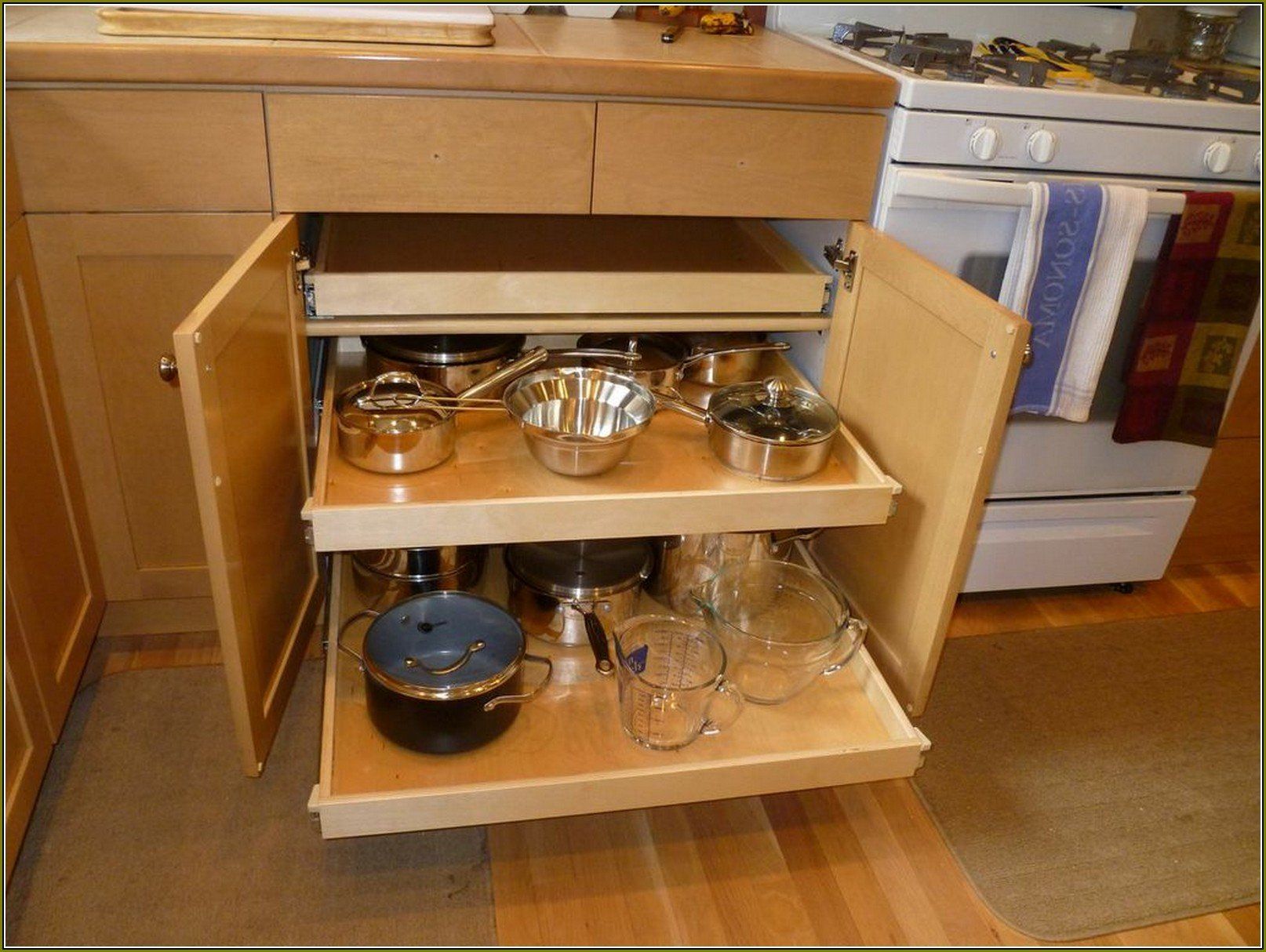
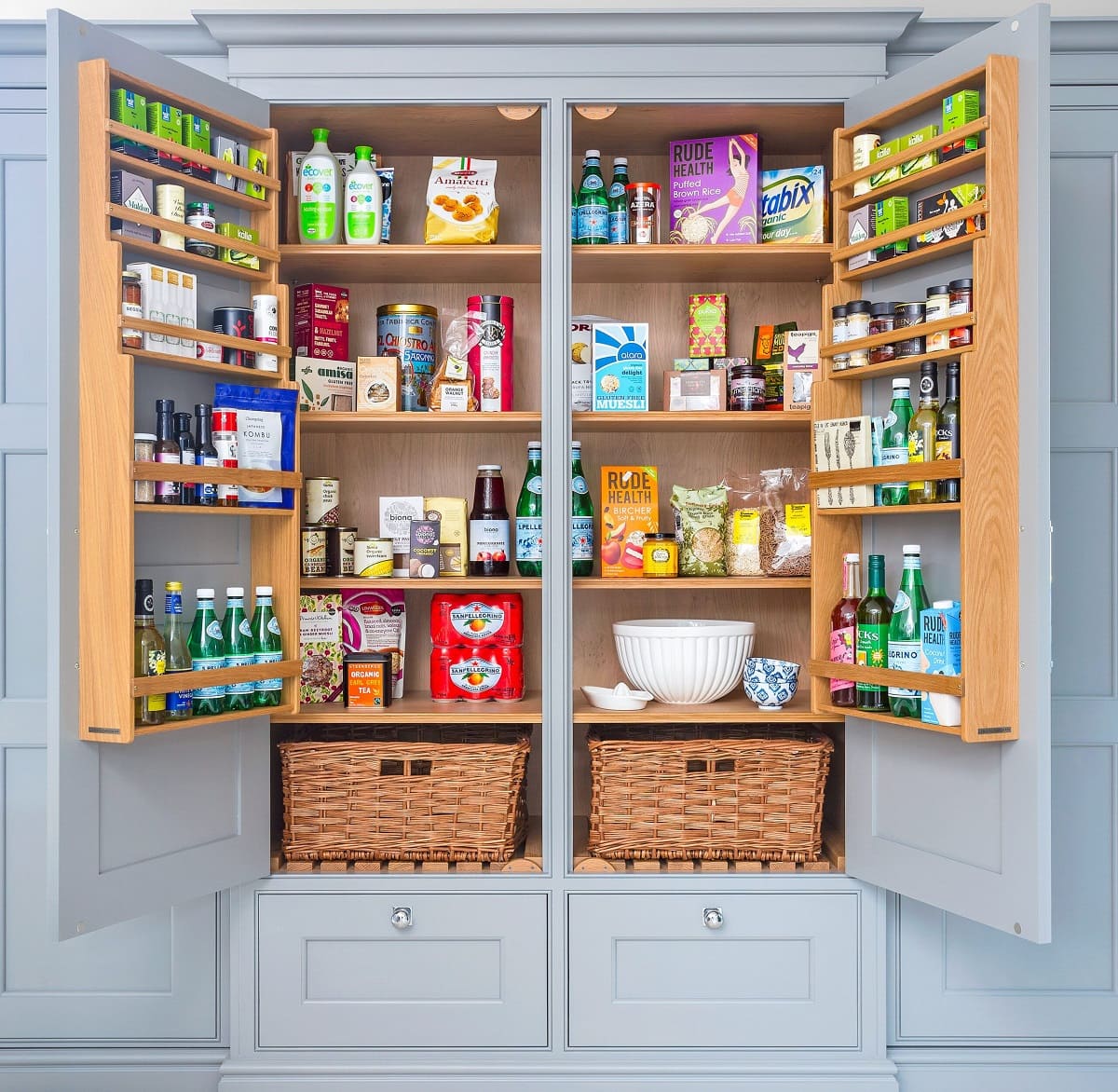
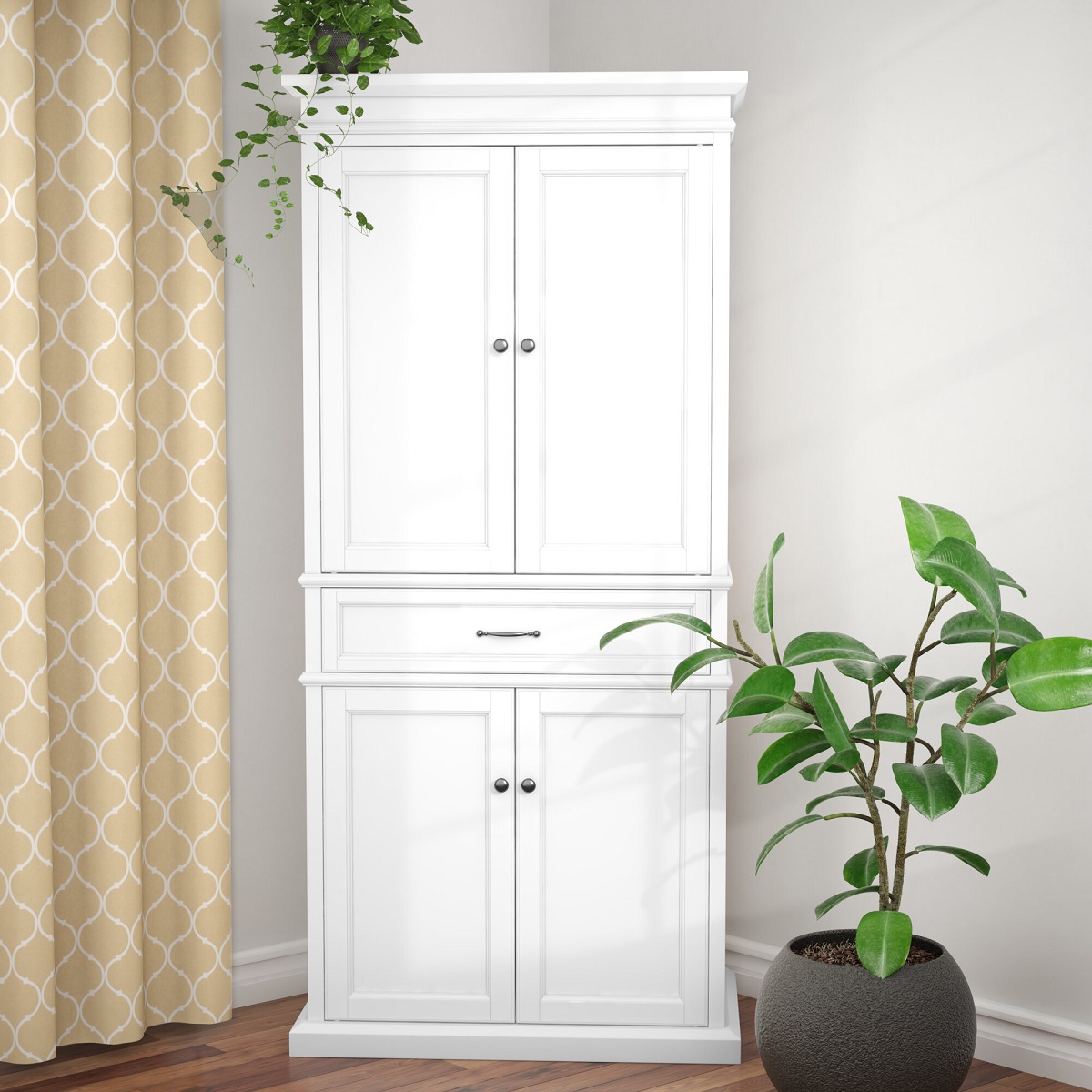
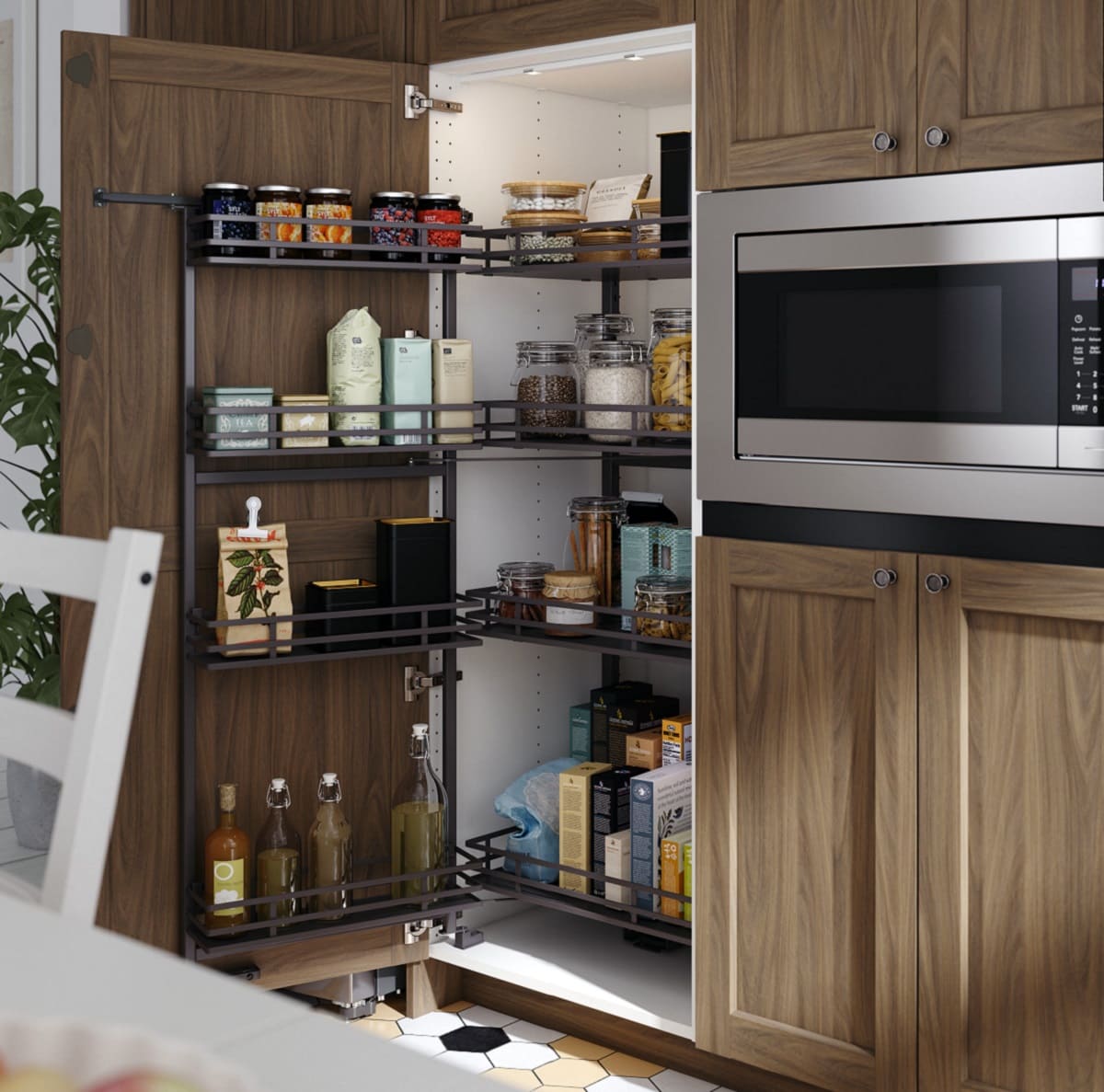
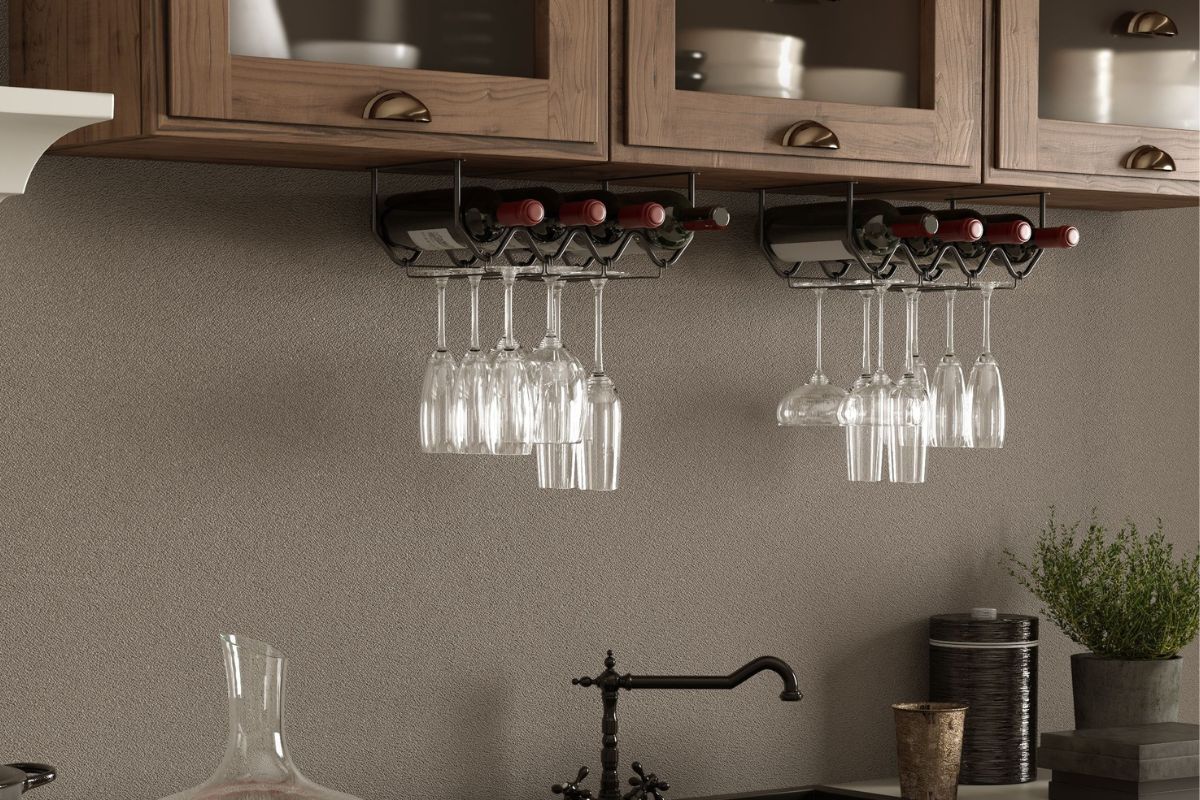
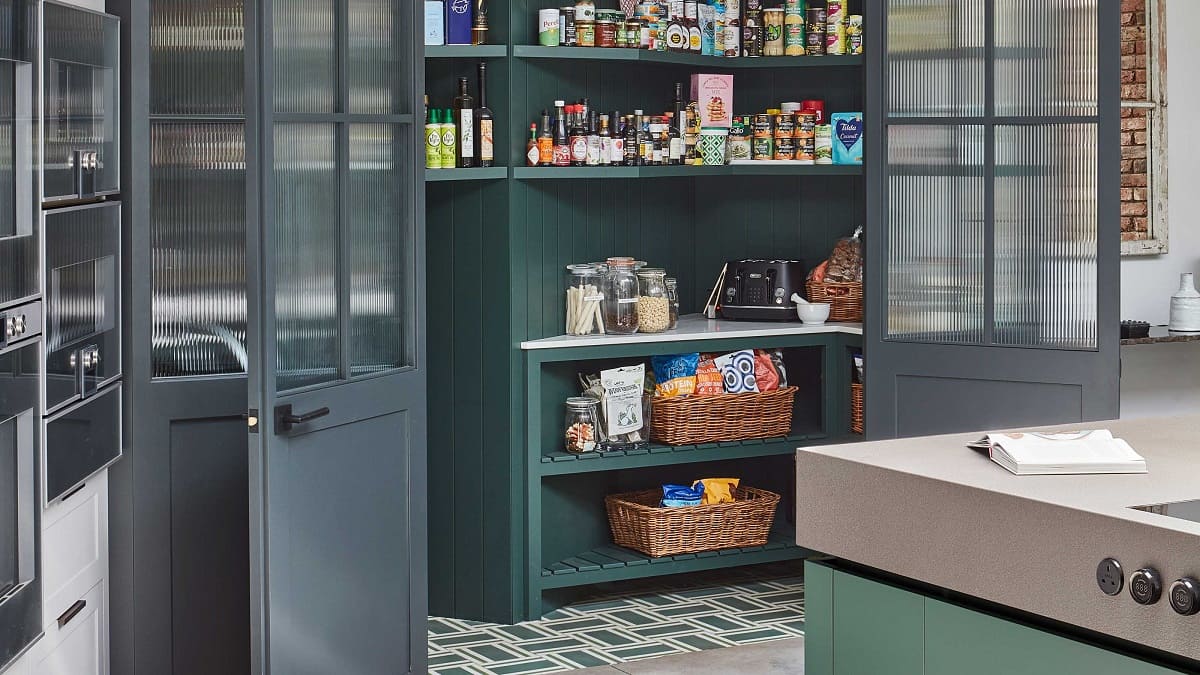
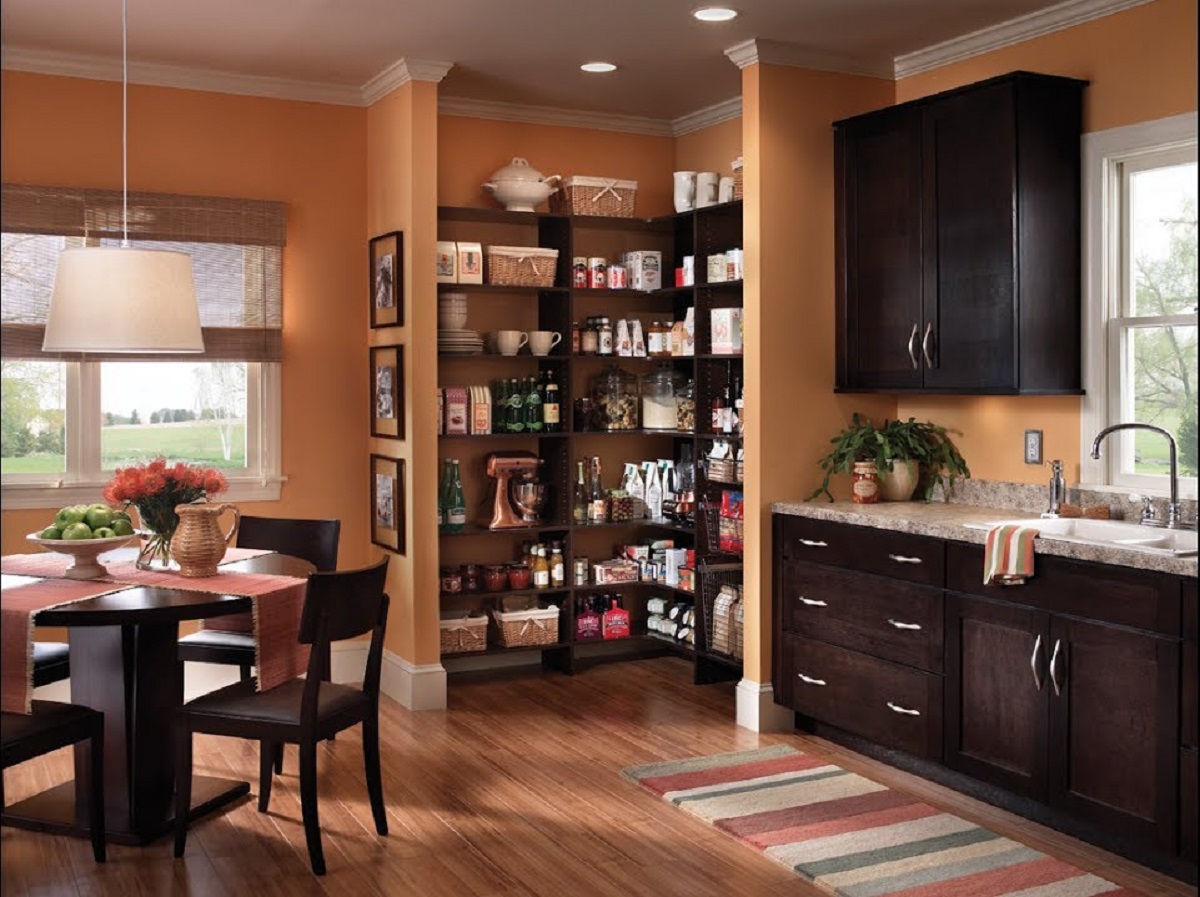
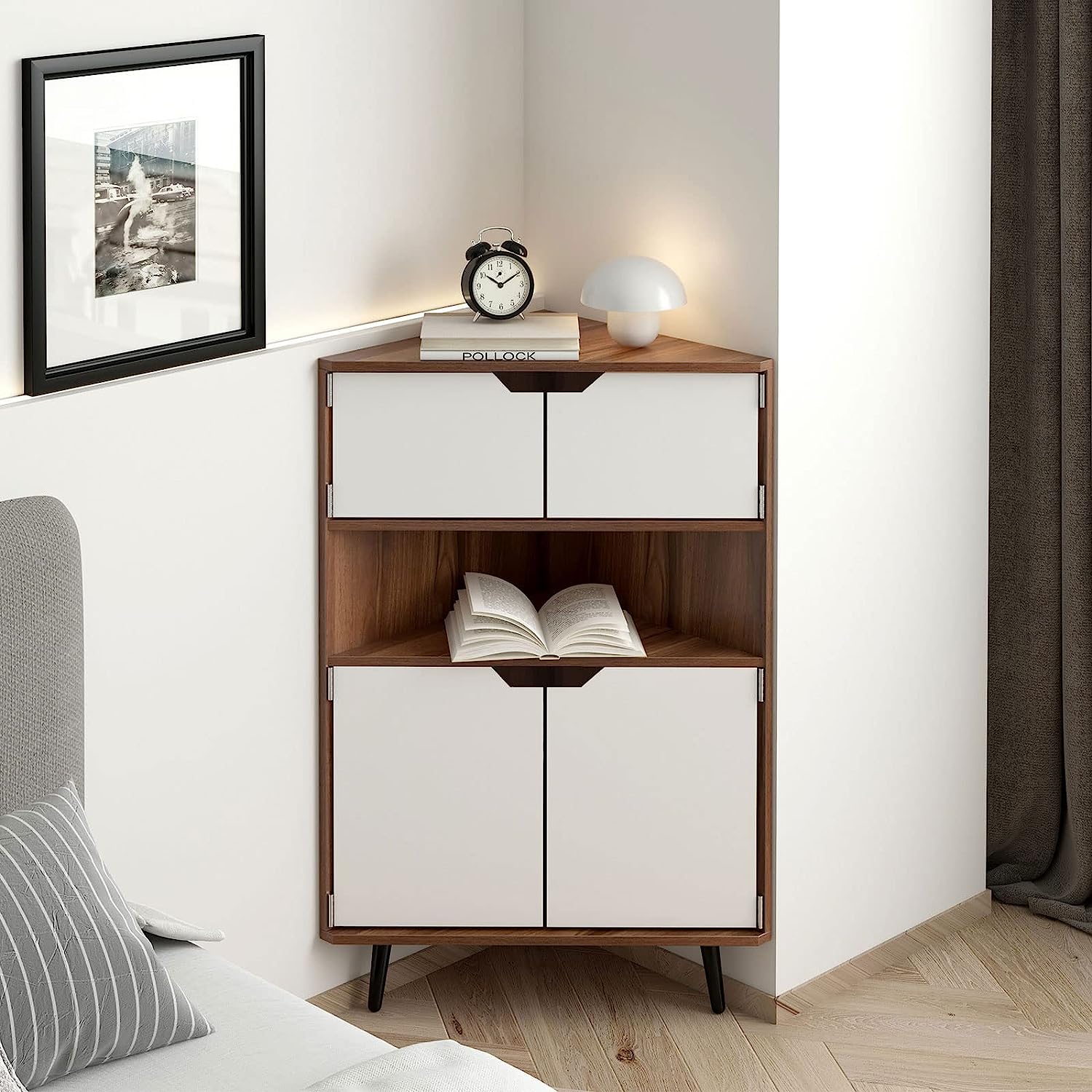

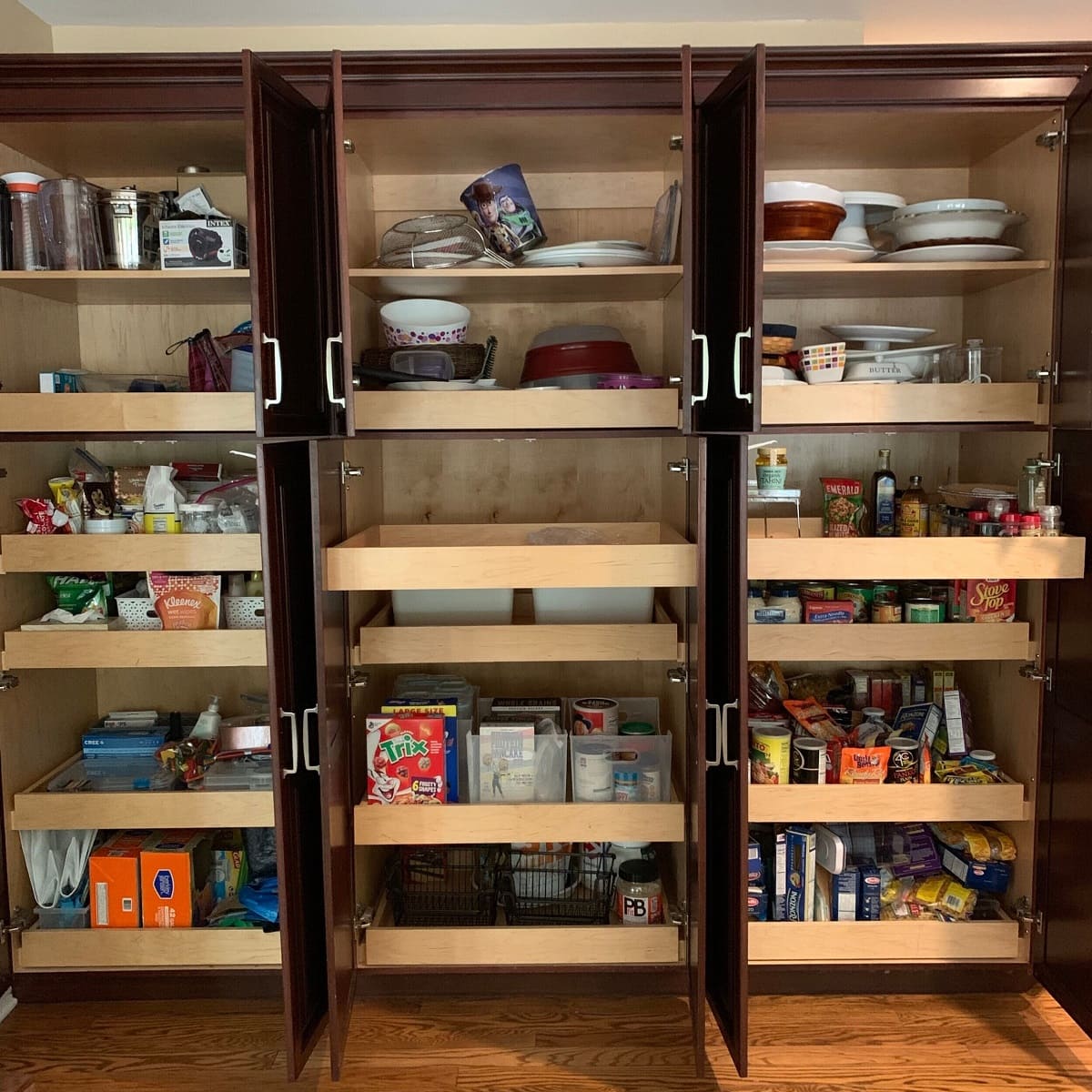
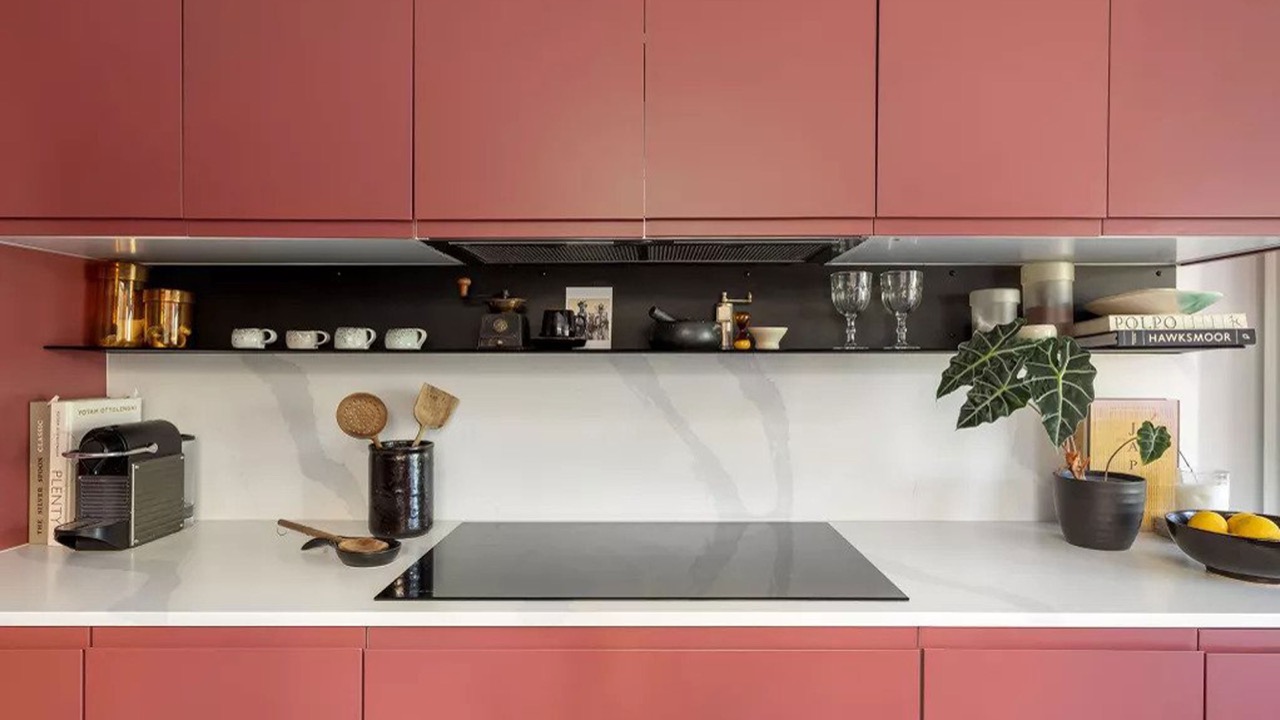

0 thoughts on “How To Organize A Corner Kitchen Cabinet”